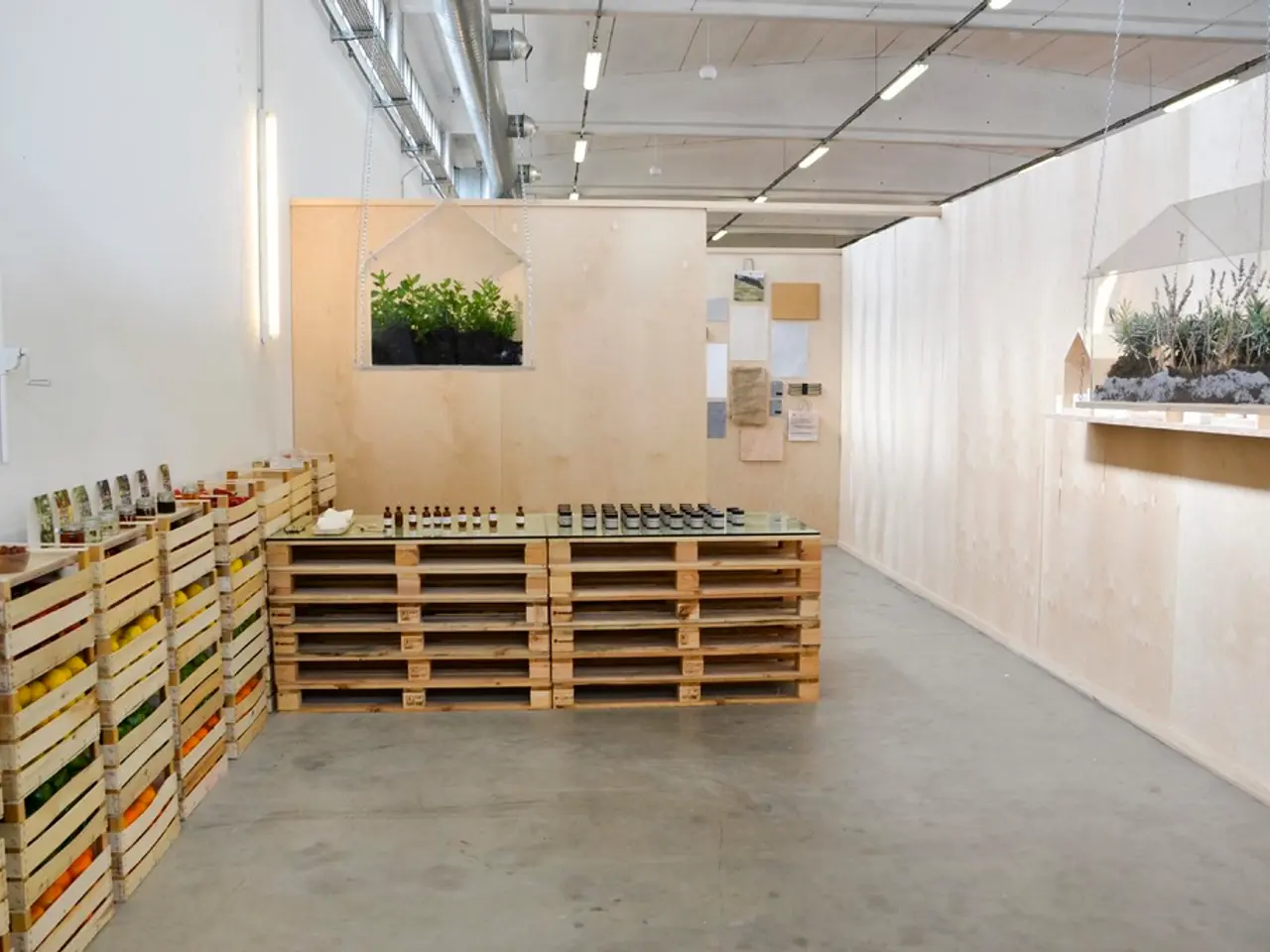Terrarium Illumination: Top Picks for Natural and Artificial Grow Lights
In the world of terrariums, lighting plays a crucial role in maintaining a thriving ecosystem. This essential aspect of terrarium care can be both straightforward and challenging, requiring careful consideration of both natural and artificial lighting options to cater to the unique needs of your plants or animals.
First and foremost, it's essential to assess the light requirements of your terrarium inhabitants. For instance, many plants thrive in bright, indirect light, while reptiles necessitate UVB light for about 10–12 hours daily to support calcium metabolism and overall health.
When it comes to natural light, positioning the terrarium in a spot with bright but indirect natural light is key to avoiding overheating. Direct sunlight all day can cause excessive heat, potentially harming the plants or animals within. On the other hand, north-facing windows never see direct sunlight and enjoy indirect light throughout the day, making them a suitable choice for some terrariums. East-facing windows receive some weaker direct sun in the morning, followed by bright indirect light throughout the day, while south-facing windows experience full sun throughout the day and are not ideal for most terrarium setups. West-facing windows can be risky, with strong full sun in the afternoon, so delicate plants should be shielded.
Artificial lighting is another essential consideration. Full-spectrum grow lights, designed for indoor plants, replicate sunlight and support photosynthesis. LEDs, in particular, are energy-efficient and often provide adjustable brightness and color temperature to suit different needs. For reptile terrariums, incorporating UVB bulbs placed close enough above the basking or resting area but not too close to cause overheating is necessary.
To mimic natural daylight cycles, it's beneficial to use timers or smart lighting controls that gradually adjust brightness and color temperature over the day. This mimics sunrise and sunset, promoting natural behaviours and healthy growth.
Maintenance and regular replacement are also crucial aspects of terrarium lighting. UVB bulbs and grow lights degrade over time, so it's essential to replace UVB bulbs every 6–12 months, even if they still emit visible light, to ensure effective UV output.
Lastly, monitoring plant growth and animal health is vital. If plants appear leggy or animals show signs of stress, adjusting distance, duration, or type of lighting accordingly is necessary.
Aquarium lights are easily fit into "tank" setups and can illuminate evenly down the full length of the container. In summary, by following these practical steps, you can create an optimal lighting environment tailored for your terrarium's inhabitants, ensuring healthy growth and natural behaviours under both natural and artificial light sources. The location of a terrarium in the home is critical for adequate lighting conditions, and any LED grow light near a terrarium is likely to do the trick (provided it's a regular size).
Remember, what looks bright to humans is not necessarily bright to plants, and humans are not biologically built to interpret lighting conditions effectively. Therefore, it's crucial to understand the unique needs of your terrarium inhabitants and provide them with an environment that mimics the natural rainforest environment of tropical plants to thrive. Terrarium lighting can be challenging to master, but with patience and careful planning, you can create a thriving ecosystem in your very own terrarium.
Home-and-garden enthusiasts might find it beneficial to consider a terrarium's light requirements when planning a lifestyle that includes gardening, as proper lighting is crucial for maintaining a thriving ecosystem. For instance, LED grow lights, designed to replicate sunlight and support photosynthesis, can be an important addition to creating an optimal lighting environment for both plants and reptiles in terrariums.




